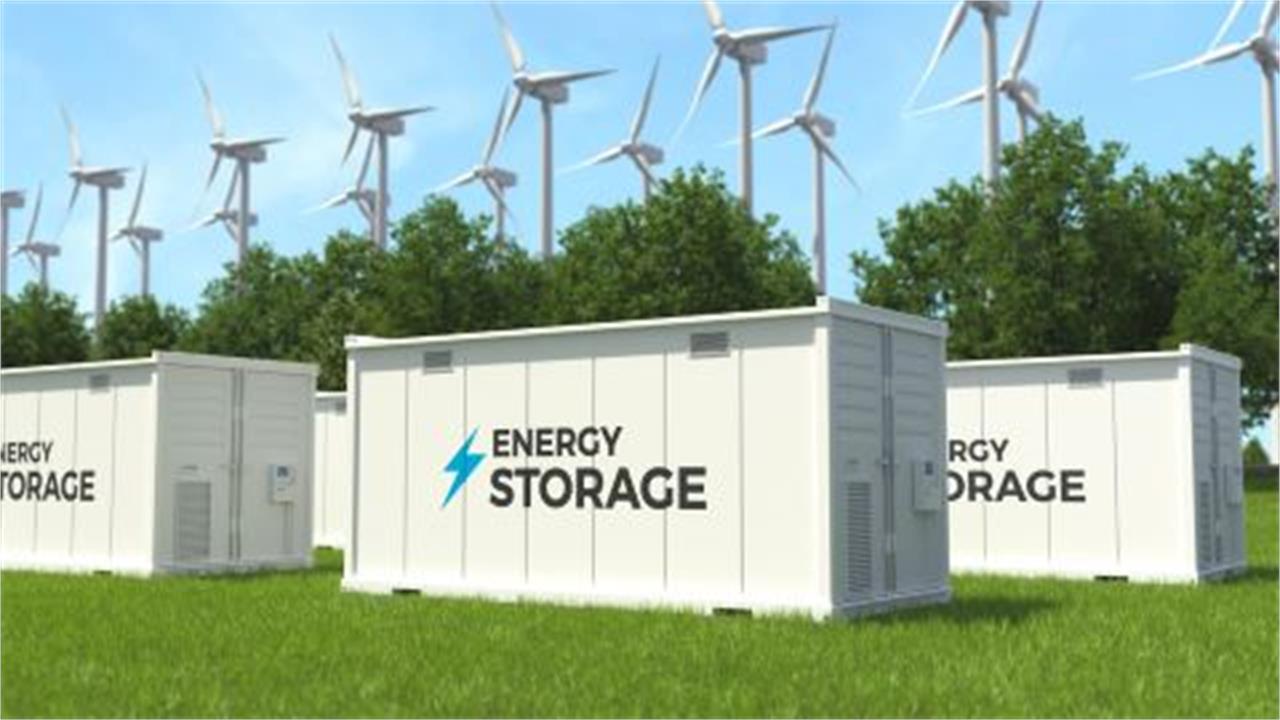Improving the performance of electricity grids has become a pressing challenge as energy demand grows and renewable energy sources become more widespread. Traditional grids were designed for steady, centralized power generation, but today’s energy landscape is more dynamic and dotted with thousands of RES generators. With the rise of solar and wind power, which are intermittent by nature, grid operators face new challenges in maintaining a reliable and stable energy supply. These fluctuations can lead to imbalances, blackouts, or the need for costly backup generation, especially during peak demand or low renewable output periods.
Battery storage technology offers a promising solution to these challenges. By storing excess energy during periods of low demand or high generation, batteries can release power when it is needed most, smoothing out fluctuations and helping maintain a stable grid. This flexibility not only enhances reliability but also reduces the need for fossil-fuel-based power plants, which are often used to meet short-term demand spikes. In addition, battery systems can support grid functions, such as frequency regulation, voltage control, and emergency backup power.
As battery technology continues to advance and costs decline, its integration into the electricity grid becomes increasingly practical and beneficial. Countries and utility providers around the world are investing in grid-scale battery projects to modernize infrastructure and support the transition to a cleaner, more resilient energy system. This shift not only helps optimize the use of renewables but also lays the groundwork for a more sustainable and efficient energy future.
The current Analysis, which is available here, examines in some detail today’s electricity grid performance at European level, where SE Europe currently stands and how the power grids can be improved through battery storage in the near future.




